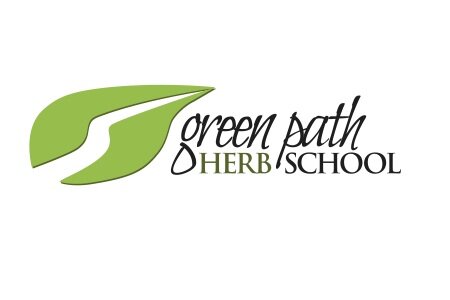Making Elderberry Syrup
Elderberry syrup is a staple for many households during the cold and flu season. It's easy to understand why when we look at the medicinal properties of this beautiful shrub.
Elderberries contain large amounts of potassium and beta-carotene, as well as sugar and fruit acids, calcium, phosphorous, vitamin C, tannins, and flavonoids, including rutin and quercetin. They also contain a high concentration of anthocyanins. Anthocyanins, derived from the purple pigments, have many medicinal properties. Ongoing research in Europe on the anthocyanins found in the elderberry has shown them to exhibit antioxidant activity, immunostimulant properties, anti-viral activity (1,2,3), cardiovascular protection, and even stress-reducing properties. Elderberries are also anti-inflammatory. They can be used for cold and flu, laryngitis, hay fever, sinusitis, rheumatism, sciatica, neuralgia, and arthritis. The berries are also used in making elderberry wine and jam.
The flowers are a gentle nervine, helping to relax the nervous system. As a diaphoretic, elderflowers help encourage sweating which can be useful to reduce a fever. They are used as a flavoring in Sambuca liqueur and elderflower wine. Both berries and flowers make a lovely tea. I like to use them together in many recipes. I feel that using different parts of the same plant adds layers of healing, both energetically and therapeutically.
Cautions:
The stems, roots, unripe berries, and seeds of elderberries contain a cyanide-inducing glycoside and can cause a toxic buildup of cyanide in the body. They can induce vomiting and cause severe diarrhea if chewed or eaten uncooked. Don’t use berries from the red elder (Sambucus racemosa). Cooking, baking, or drying the berries of other species makes them safe to consume. To more easily get the berries off the stems, I find it works best to freeze them before destemming.
Sambucus nigra ssp. cerulea, Blue Elderberry
Elderberry Syrup Recipe:
I've tried a lot of different elderberry syrups and each one is unique! I have to say, though, that this recipe is my favorite. It's a slight twist from the recipe in my book Natural Remedies for the Fall: Preparing for Cold and Flu Season. Here it is for you: a delicious and effective winter remedy.
Recipe:
2 cups fresh elderberries (or 1 cup dry elderberries)
5 cups water (add 1 extra cup of water if using dried elderberries)
1 cup dried elderflowers
2 cinnamon sticks
2 tablespoons fresh grated ginger
4 star anise
½ teaspoon cardamom
6 clove buds
2 1/2 cups honey, or to taste. (Caution: Do not use honey for children under 1 year of age. Rice syrup or maple syrup may be substituted.)
Elderberry syrup ingredients
How to Make Elderberry Syrup:
Add elderberries, elderflowers, water, cinnamon sticks, grated ginger, star anise, cardamom, and clove buds to 5 cups water. Bring to a boil and then simmer for about 20 minutes until the water is reduced to 2 1/2 cups. Strain well and mix in honey. You can store this syrup in the refrigerator, or preserve it for later by either freezing it or putting it in a canning jar in a hot water bath for 10 minutes.
How to Use Elderberry Syrup:
As a preventative: Adults: 1 tablespoon per day, Children: 1 teaspoon per day. Caution: do not use honey with children under 1 year of age.
When sick: Adults: 1 tablespoon per hour, Children: 1 teaspoon per hour. Caution: do not use honey with children under 1 year of age.
© Elaine Sheff, Clinical Herbalist, RH (AHG)



